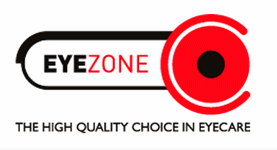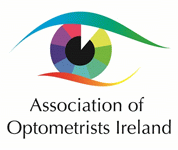Acanthamoeba is a free living organism in the environment and is an opportunist pathogen. Minor trauma to the corneal epithelium facilitates the invasion of the organism, resulting in neurokeratitis which ultimately may lead to a severe sight threatening keratitis and scleritis. The micro trauma often is caused by contact lens wearing.
The lens type, wearing time, level of hygiene and some inadequate sterilisation/disinfectant systems have all been suggested as factors in this rising incidence. Acanthamoeba has been isolated in lens cases, lenses, and homemade saline solutions and is often difficult to eradicate if a casual approach is taken to disinfection and sterilisation of lenses and lens cases. Therefore, it is recommended that good hygiene, lens case care and strict avoidance of the use of tap water and homemade saline solutions as rinsing agents must be stressed to the contact lens wearer.
Patients wearing disposable lenses must be warned that systems for their care and disinfection are necessary and that wearing times and other instructions must be strictly adhered to
In particular:
- Patients should on no account use tap water, universal saline solutions or saliva as rinsing solutions
- Patients should not wear contact lenses in saunas, Jacuzzis or swimming pools, or when taking a shower
- Patients should be advised to remove lenses if discomfort or redness is noted and to report immediately to their contact lens practitioner
- Patients should meticulously clean out and thoroughly dry their contact lens cases with previously boiled water cooled to 70 degrees at least once a week and preferably daily. Only use those solutions which we specifically recommend. The cases should be fully dried in air.
- Patients with severe upper respiratory tract infections should discontinue lens wear for the duration of the infection


